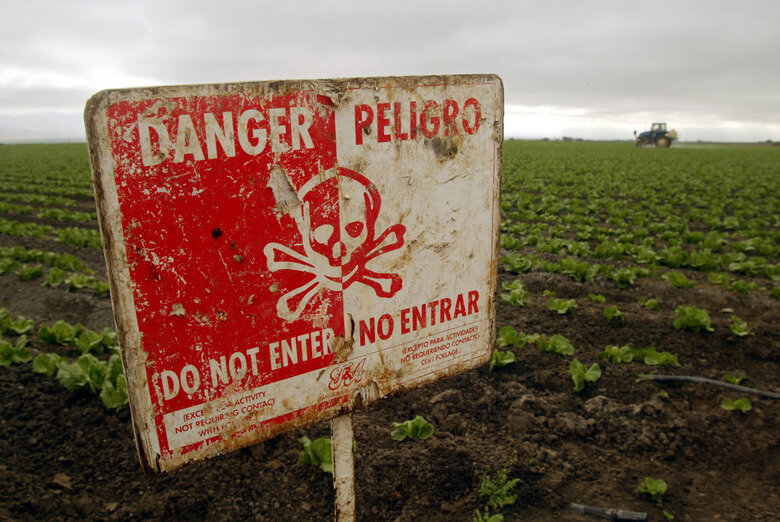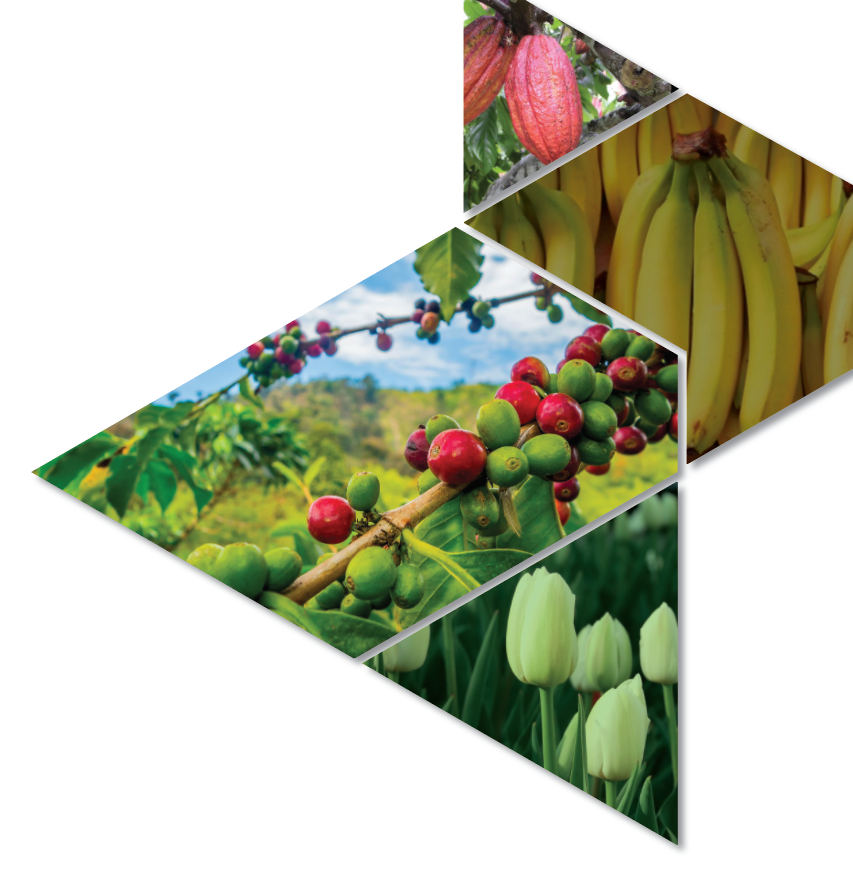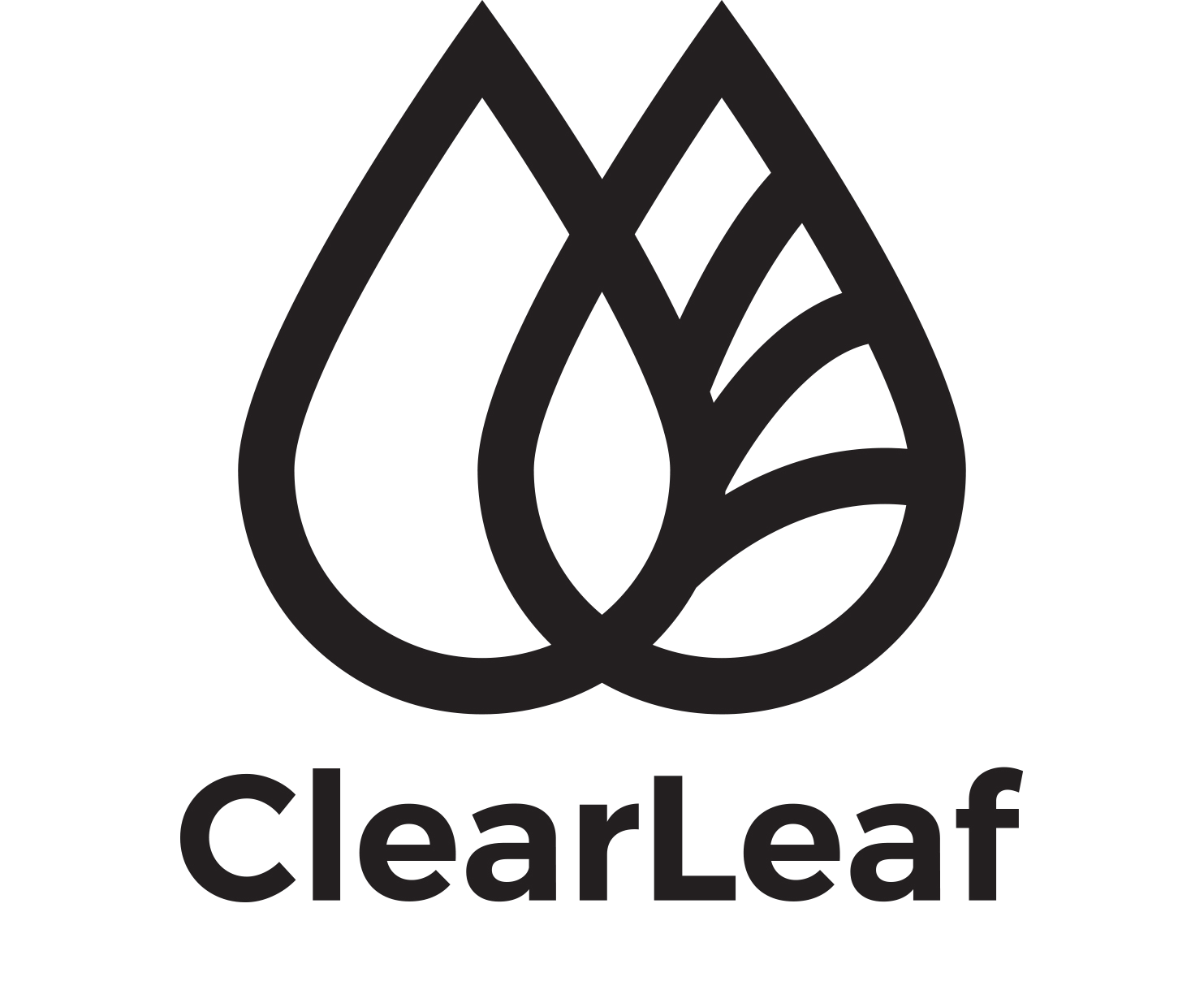
The problem

We need more agriculture
According to McKinsey, food and agribusiness form a $5 trillion global industry. Caloric demand is projected to increase by 70 percent by 2050, and crop demand for human consumption and animal feed will increase by at least 100 percent. According to Mordor Intelligence and MARKETSandMARKETS, the agricultural fungicide and bactericide markets will grow to a whopping $33 billion dollars by 2023, and are growing significantly faster than the food and agriculture business.
But less poison
Fungal and bacterial plant pathogens cause significant losses to global agricultural productivity and frequently develop into serious, difficult to manage epidemics. Agrochemicals using a systemic approach are the predominant pest control strategy in all commercial agriculture, worldwide. However, these agrochemicals can be extremely harmful to workers and the environment; and the microbial pests they seek to manage adapt to them. This frequently results in increased and abusive use and “microbial resistance” which, in turn severely harm the environment and workers, impair plant and farm function and potentially put consumers at risk.
The most widely used agrochemicals not only control pests, but kill beneficial organisms such as insects, secondary crops and wildlife. Pressure from regulators, certification agencies and more demanding clients and consumers is driving demand for environmentally friendly alternatives. Concerns over the presence of current agrochemicals in the food chain and their effects on workers (from farm to supermarket) are leading to new restrictions on many of the most-widely used agrochemicals – particularly fungicides. To date, very few viable alternatives to the current agrochemicals are reaching the market.




